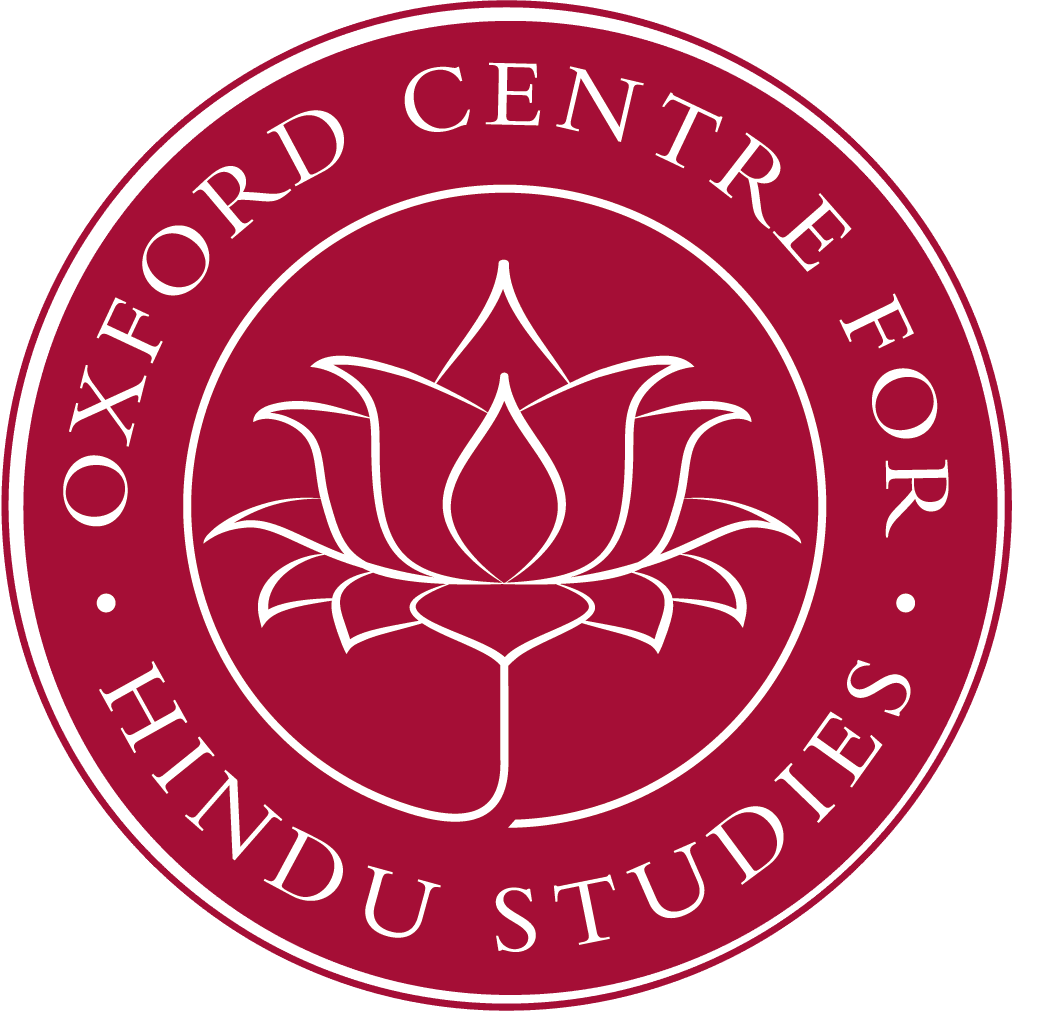The lecture would shed light on the Indian phenomenon of monasticism (shrama, shramana) and asceticism (tapas, tapasvin). Buddhist monks are referred to as shramanas, the toilers. The concept of shrama (labour) has a spiritual connotation in the Vedic literature. Monastic way of life, according to me, was not a protest or revolution against the established religious order. Its tradition seems to be as old that of Vedic ritual, although it was formalised and given a well structured form by Mahavira and especially by Buddha. However they were not the inventors of this tradition. Many Rishis and Aranyakas (Vaikhanasas!) lead a life very akin to that of a monk. Tapas etymologically means ‘heat’ and tapasya is ‘accumulation of heat’ where the expression ‘heat’ is understood in the sense of spiritual energy. Performance of austerities is believed to endow a person with extra-ordinary capabilities which could be of many use, besides , of course, spiritual enlightenment. Tapas is usually associated with the concept of a Rsi who can see beyond time and space. We shall deal with these concepts and trace the history of the spread of monasticism in the west from India in short.
Prof. Gaya Charan Tripathi was born at Agra (India). He went to school and pursued higher studies at Agra, Pune, and Benares. He has a Masters in Sanskrit (1959) from the University of Agra with a Gold Medal and first position in the University. He received his Ph.D. from the same University in 1962 on Vedic Deities and their subsequent development in the Epics and the Puranas supported by a Fellowship of the Ministry of Education. He is a Fellow of the German Academic Exchange Service (DAAD) for Higher Studies in Germany. He has a Dr.Phil. from the University of Freiburg/Br (1966) in History of Religions, Comparative Indo-European Philology, and Latin (besides Indology) as elective subjects in the grade Summa cum Laude. D.Litt. in Ancient Indian History and Culture from the University of Allahabad on ‘A critical Study of the daily Puja Ceremony of the Jagannatha Temple in Puri’ (published under the title Communication with God). He has taught at the Universities of Aligarh, Udaipur, Freiburg (twice), Tuebingen (twice), Heidelberg, Berlin, Leipzig, Philipps-Universität Marburg, and British Columbia (Vancouver). He is Chief Indologist and Field Director of the Orissa Research Project (1970–5) of the German Research Council (DFG), and has been Principal of the Ganganatha Jha Research Institute, Allahabad, for over twenty years. He was Professor and Head of the Research and Publication wing of the Indira Gandhi National Centre for the Arts, Delhi, and is presently Director of the Bhogilal Leherchand Institute of Indology in New Delhi. He has published 22 books on subjects mostly pertaining to religions and literature of India. His specialisations are: Indian Religions and Philosophy, Vishnuism (especially Pancharatra school), Vedic studies, Sanskrit Literature, Grammar, and Philology, Cult practices of Orissa, and Gaudiya Vishnuism.
